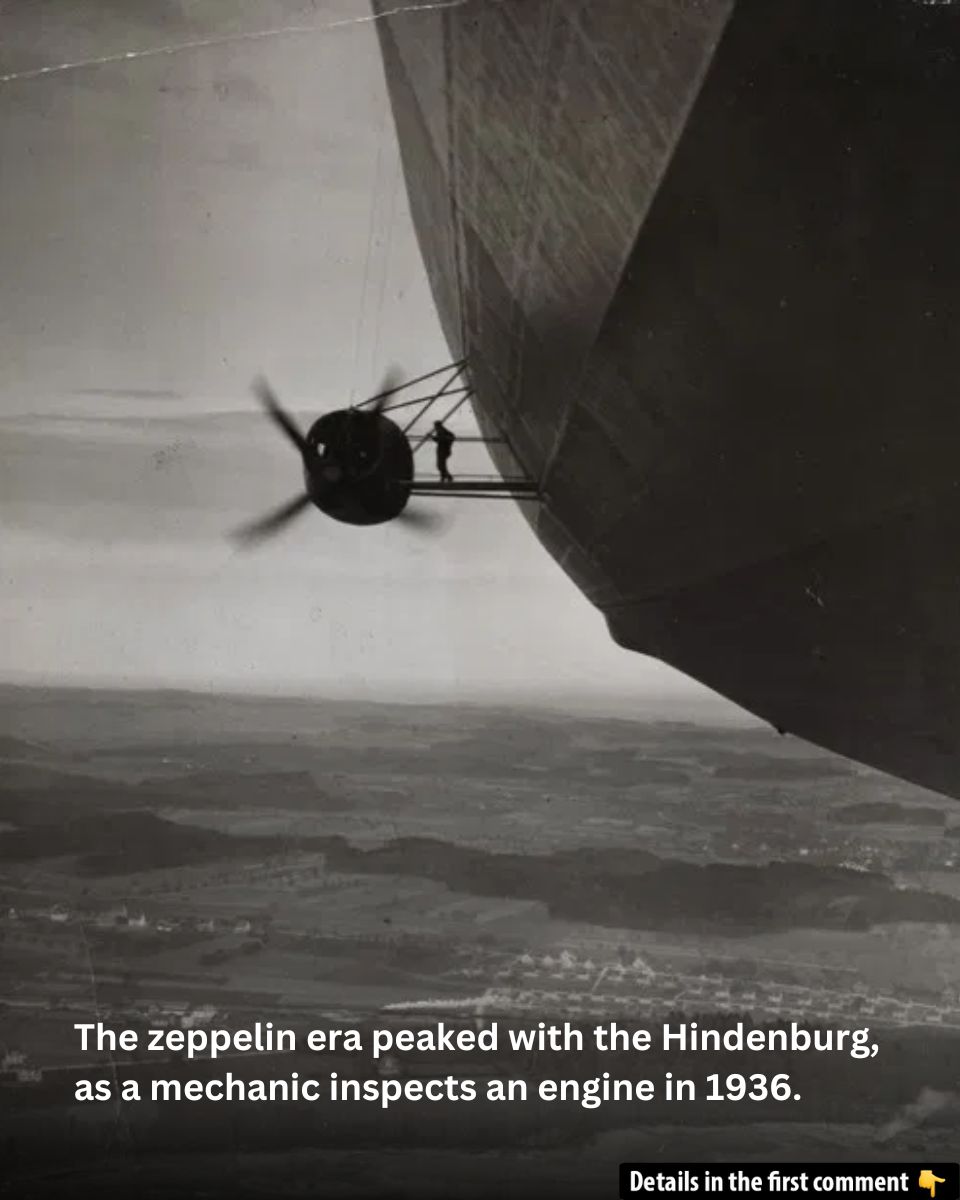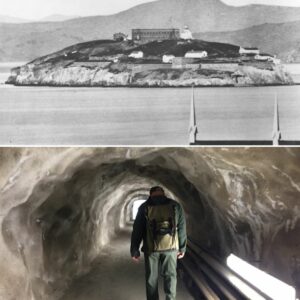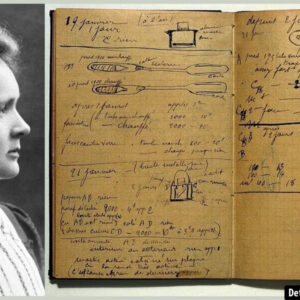The history of aviation is often defined by its most iconic achievements – from the Wright brothers’ first flight to the modern-day advancements in jet travel. However, one chapter of aviation history has largely been forgotten: the era of the airship. These massive, rigid vessels once soared majestically across the skies, representing the pinnacle of early 20th-century engineering. Their story is captured not just in books, but also in rare, evocative photographs that transport us back to a time when airships were the future of air travel. This article explores the rise, reign, and eventual fall of these floating giants, offering a unique look at the forgotten world of airships through rare historical photographs from the 1900s to the 1940s.
The First Innovations in Airship Design
The story of airships begins long before the 20th century, with early inventors dreaming of ways to navigate the skies. One of the first to conceptualize an airship was the French officer Meusnier, who, in 1784, designed an airship based on the principles of the hot air balloon. Meusnier’s design included an elongated envelope, rudder, and propellers – concepts that laid the groundwork for future developments. Though never built, his ideas provided the foundation for future airship construction.
The first successful navigable airship, however, came from the ingenuity of Henri Giffard in 1852. Giffard’s creation, a steam-powered airship filled with hydrogen, achieved controlled flight at a speed of 6 miles per hour. While Giffard’s airship demonstrated the potential of controlled flight, it was not until 1884 that the concept of the rigid airship became a reality. The French engineers Renard and Krebs created “La France,” the first fully controllable airship, which flew at 15 miles per hour, marking a significant milestone in airship development.
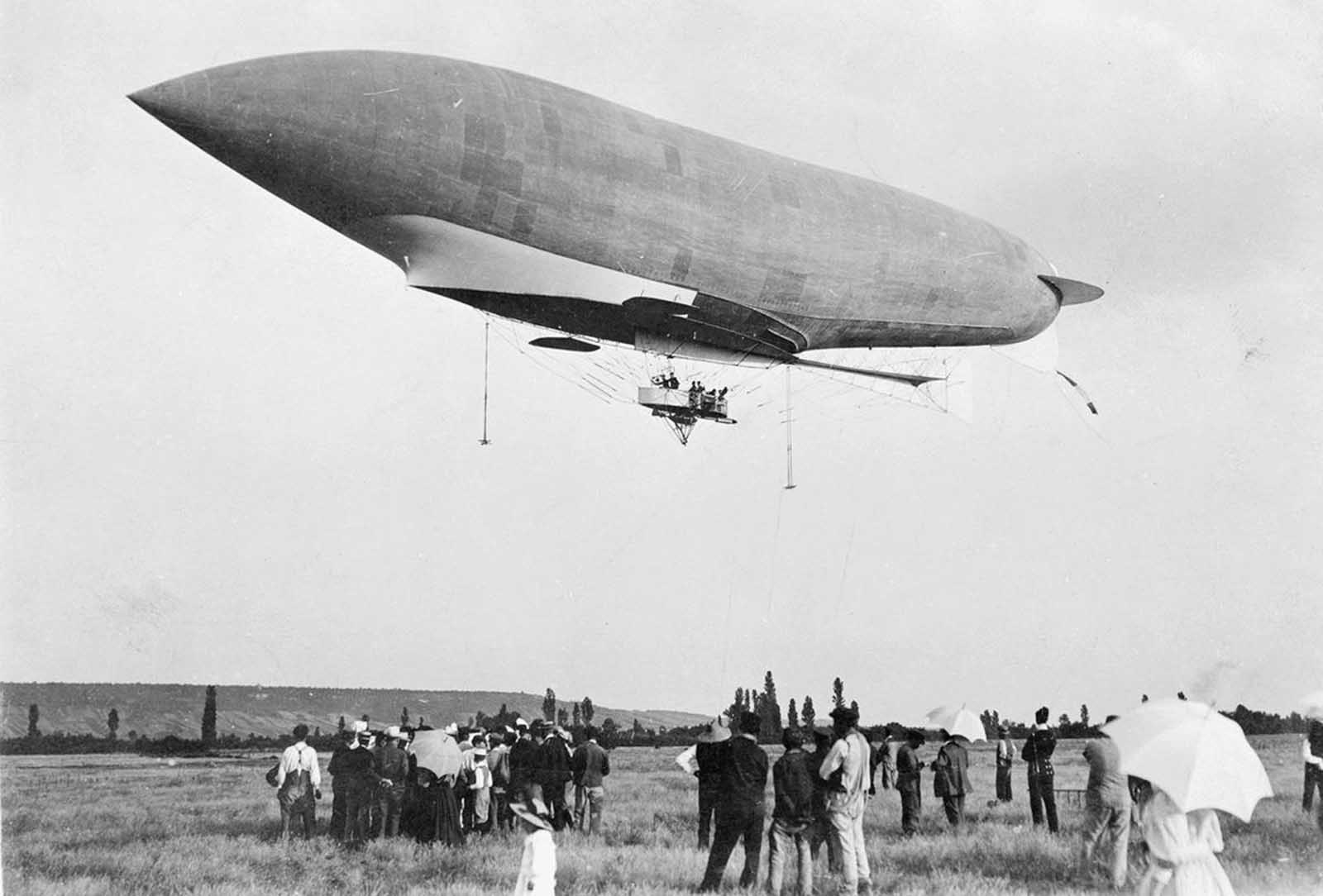
Video
Watch Airships: The Lost Method of Transport to explore the fascinating history of airships and their role in transportation. A must-see for aviation enthusiasts!
The Zeppelin: Germany’s Military Advantage
As airships began to evolve, Germany became the hub for innovation, thanks to the work of German inventor David Schwarz, who created the first truly rigid airship in 1895. This laid the groundwork for the famous zeppelin, an airship that would go on to become a symbol of German military might in the early 20th century. Count Ferdinand von Zeppelin, a German military officer and aviation pioneer, turned this concept into a reality, developing the first large rigid airships, which utilized multiple engines and navigational controls to achieve sustained flight.
Zeppelins soon gained notoriety during World War I, where they were employed for reconnaissance and bombing missions. These large, intimidating flying vessels provided Germany with a significant military advantage, sparking the creation of similar airships by the British Royal Navy. While the British preferred non-rigid airships for their reconnaissance missions, the zeppelins played a dominant role in the early stages of aerial warfare.

The Golden Age of Passenger Airships: 1920s-1930s
In the post-war years, airships took on a more peaceful role, transitioning from military tools to luxury transport. During the 1920s and 1930s, nations like Britain, Germany, and the United States focused on developing large, rigid airships designed specifically for passenger travel. These airships, often referred to as “flying palaces,” offered unparalleled luxury and comfort, with large dining rooms, lounges, and sleeping quarters. The grand passenger airships, such as the LZ 127 Graf Zeppelin and LZ 129 Hindenburg, symbolized the promise of a new era in air travel.
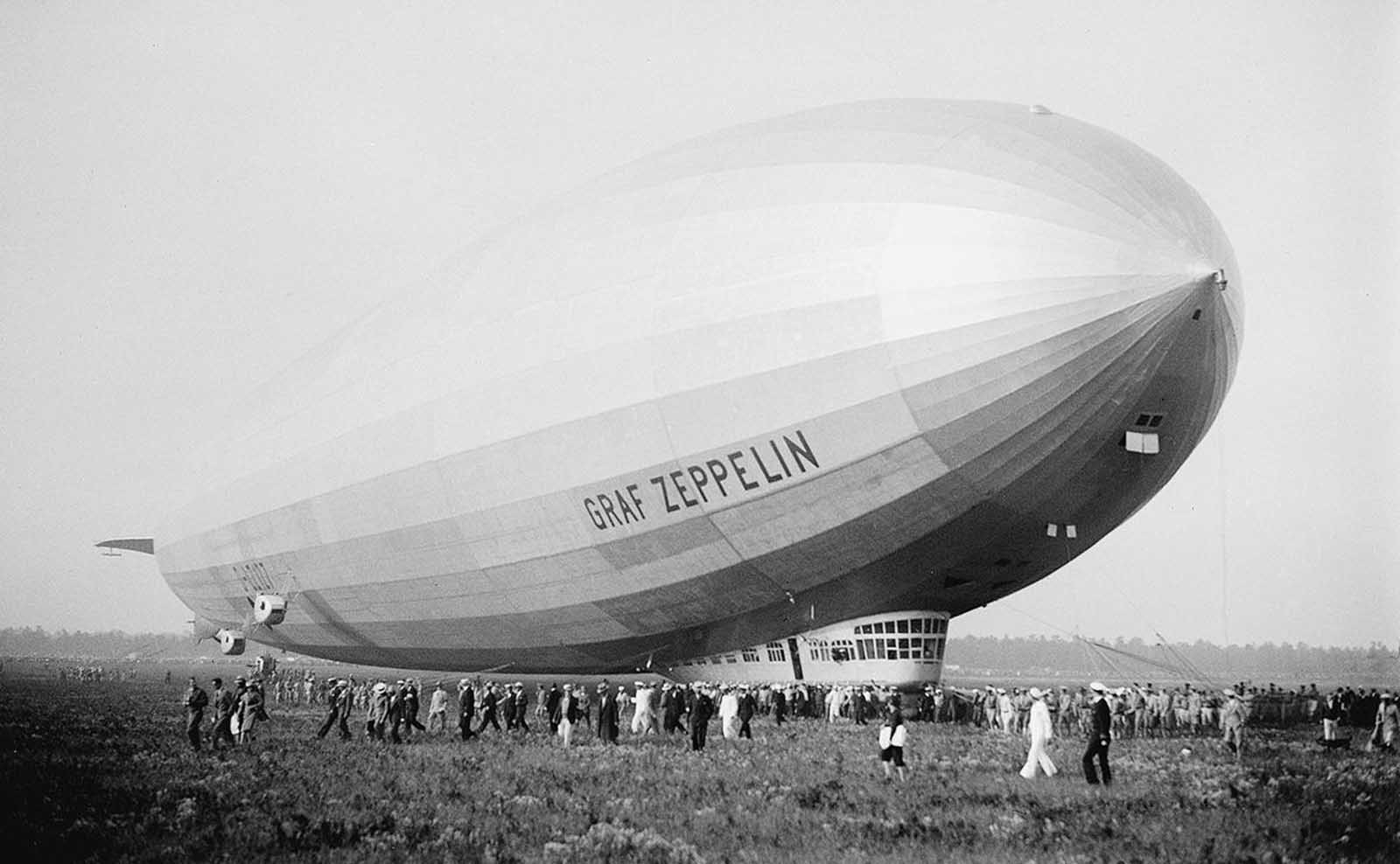
Airships were also unique in their size and operational efficiency. Unlike airplanes, which required airports, airships could land in open fields, offering passengers a more flexible and scenic journey. They became a symbol of progress and innovation, capturing the public’s imagination. The Hindenburg, in particular, became an international symbol of Germany’s aviation prowess, completing multiple transatlantic voyages, including a famous journey across the United States in 1936, where it passed by the Empire State Building.
However, while airships were a marvel of engineering, the reliance on hydrogen gas, which is highly flammable, would prove to be their downfall. The U.S. primarily used helium for its airships, a non-flammable alternative, but hydrogen was cheaper and more widely available in Europe.
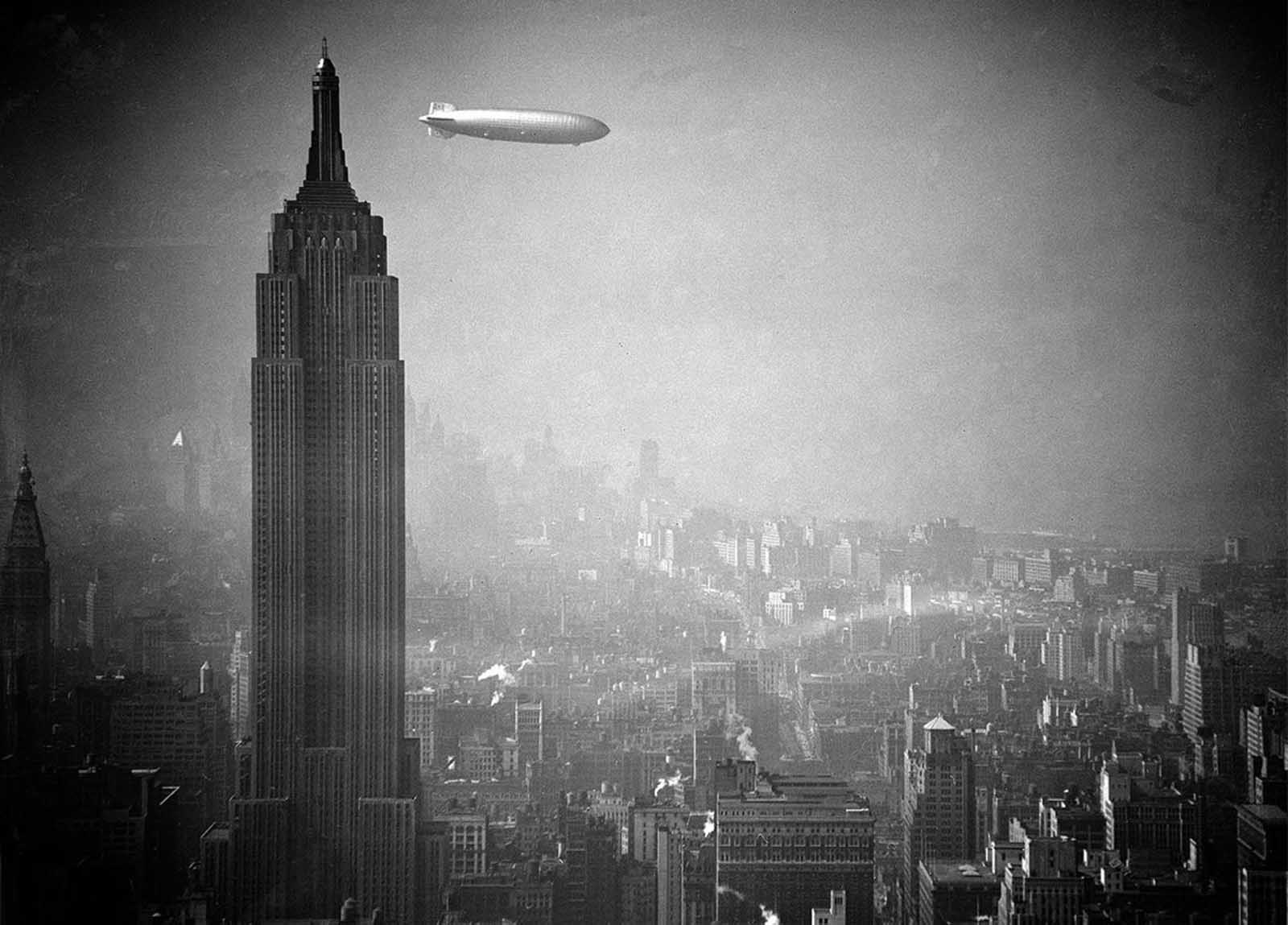
Catastrophes and the End of the Airship Era
The golden age of the passenger airship was tragically cut short by the Hindenburg disaster on May 6, 1937. While attempting to land in Lakehurst, New Jersey, the Hindenburg caught fire and exploded, killing 36 people. The disaster was broadcast live on the radio, forever cementing the tragic end of the airship era in the public consciousness. The Hindenburg’s destruction symbolized the inherent dangers of hydrogen-filled airships and brought an end to their use for passenger transport.
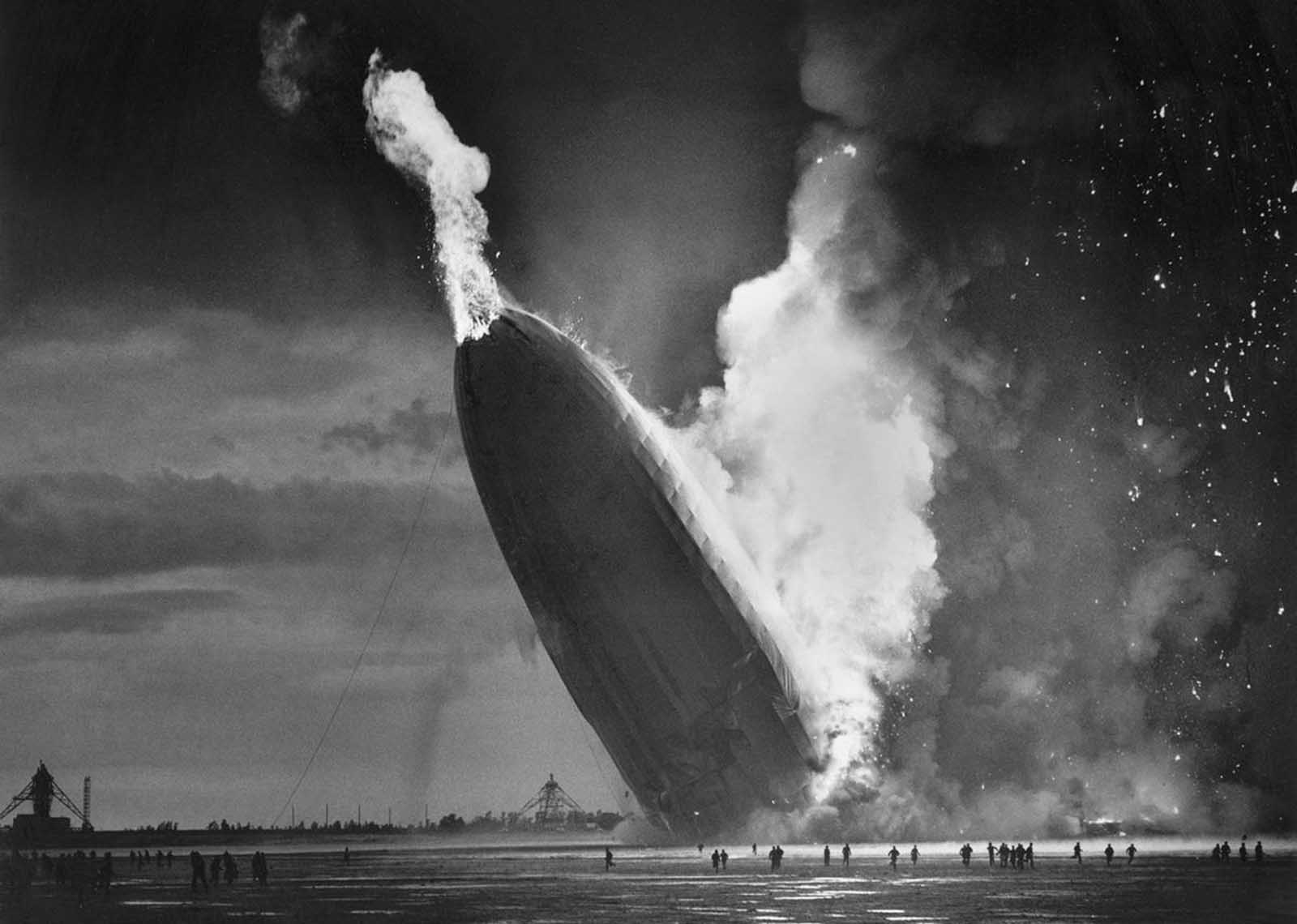
Following the Hindenburg disaster, public trust in airships was shattered. Although airships continued to be used for military purposes during World War II, the era of luxury airship travel was effectively over. The disaster highlighted the vulnerability of the vessels and their reliance on hydrogen, a factor that led to a shift toward safer alternatives like airplanes, which could carry more passengers and were far less prone to such catastrophic accidents.
The Legacy of the Airships: Influence on Modern Aviation
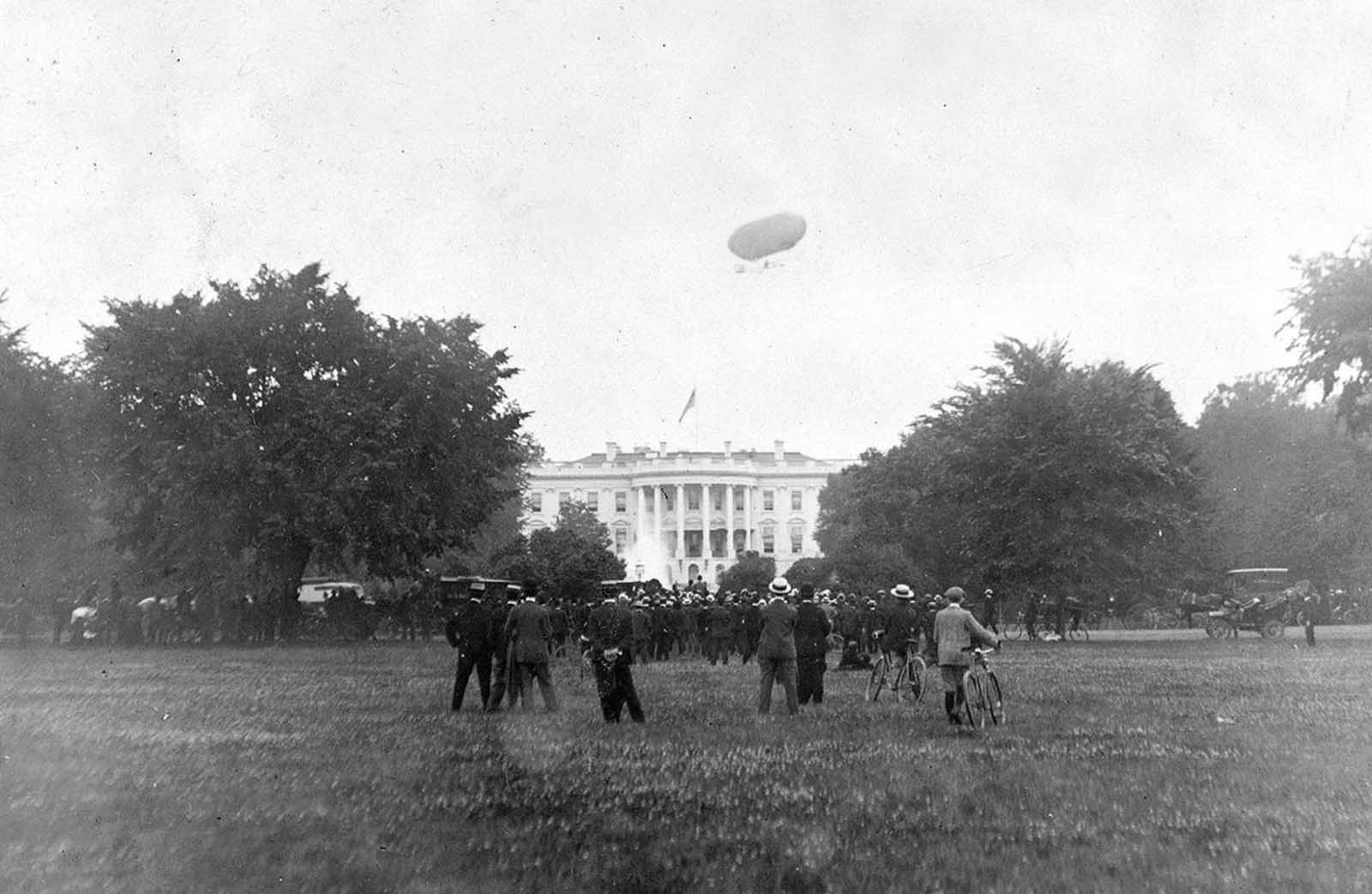
While the airship era was short-lived, its legacy continues to influence modern aviation. The design of airships, with their streamlined shape and use of lighter-than-air gases, influenced early aircraft design, particularly in the development of large passenger airplanes. Additionally, the engineering of airships informed the development of rigid structures used in modern aerospace technology.
Though the airship industry has long been relegated to history, airships still capture the public’s imagination. Today, they are primarily used for advertising, surveillance, and recreational purposes. Their cultural impact can be seen in films, books, and music, where they continue to represent the wonder and promise of early aviation.
Gallery: Rare Photos of Airships Through the Decades
In the following gallery, we present a collection of rare photographs from the golden age of airships. These images capture the majesty and mystery of these iconic flying vessels, offering a glimpse into a world where airships were once the future of travel.
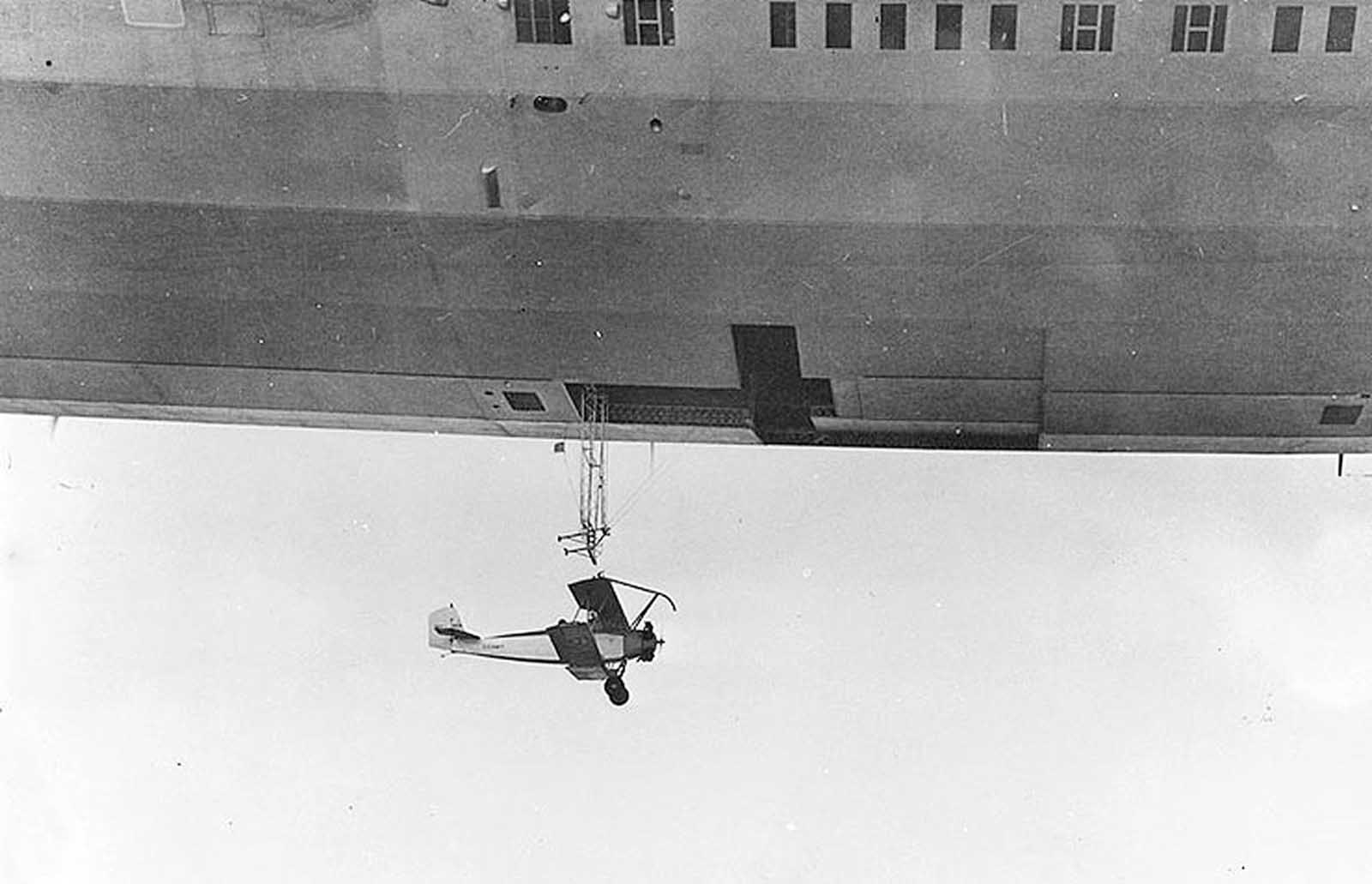
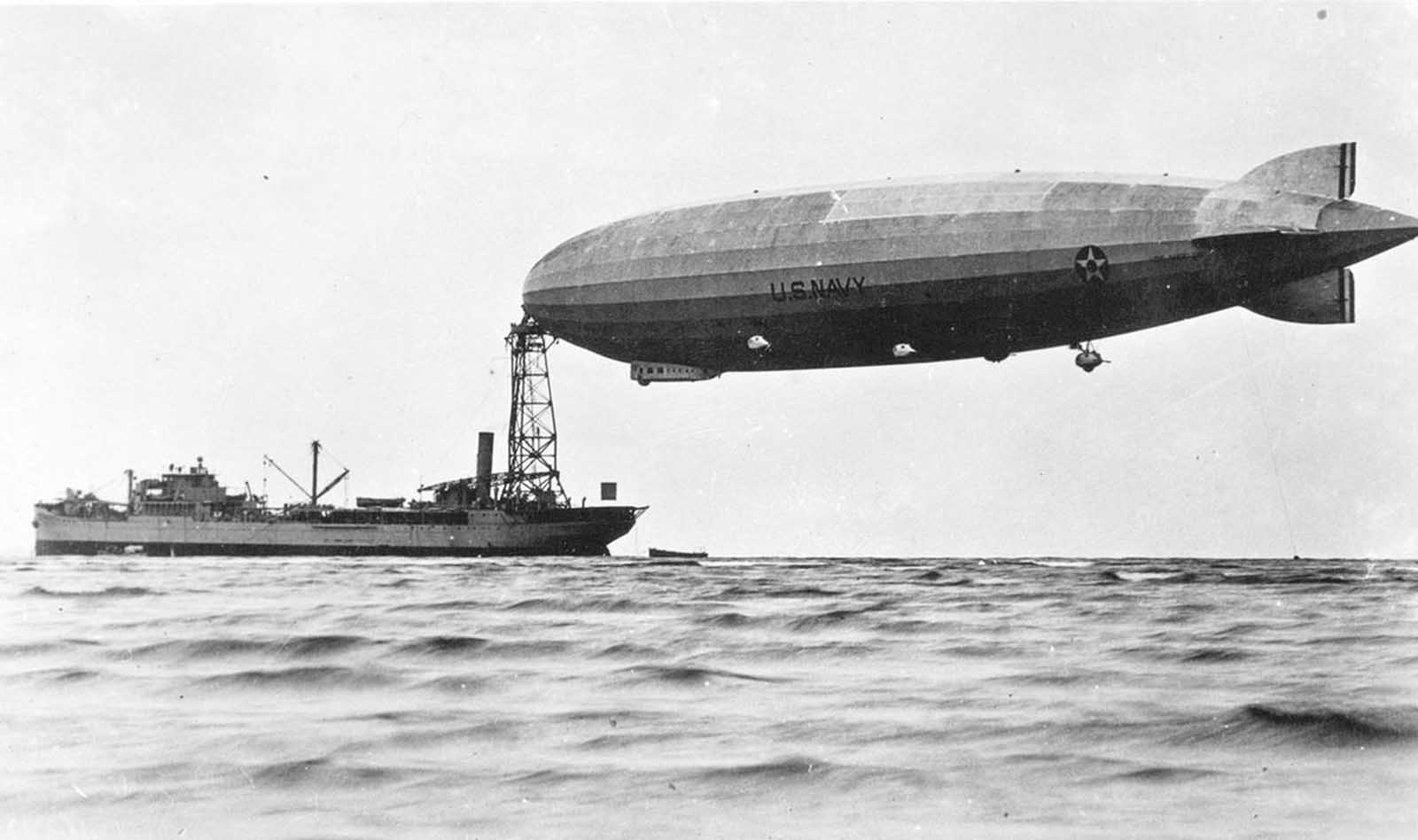
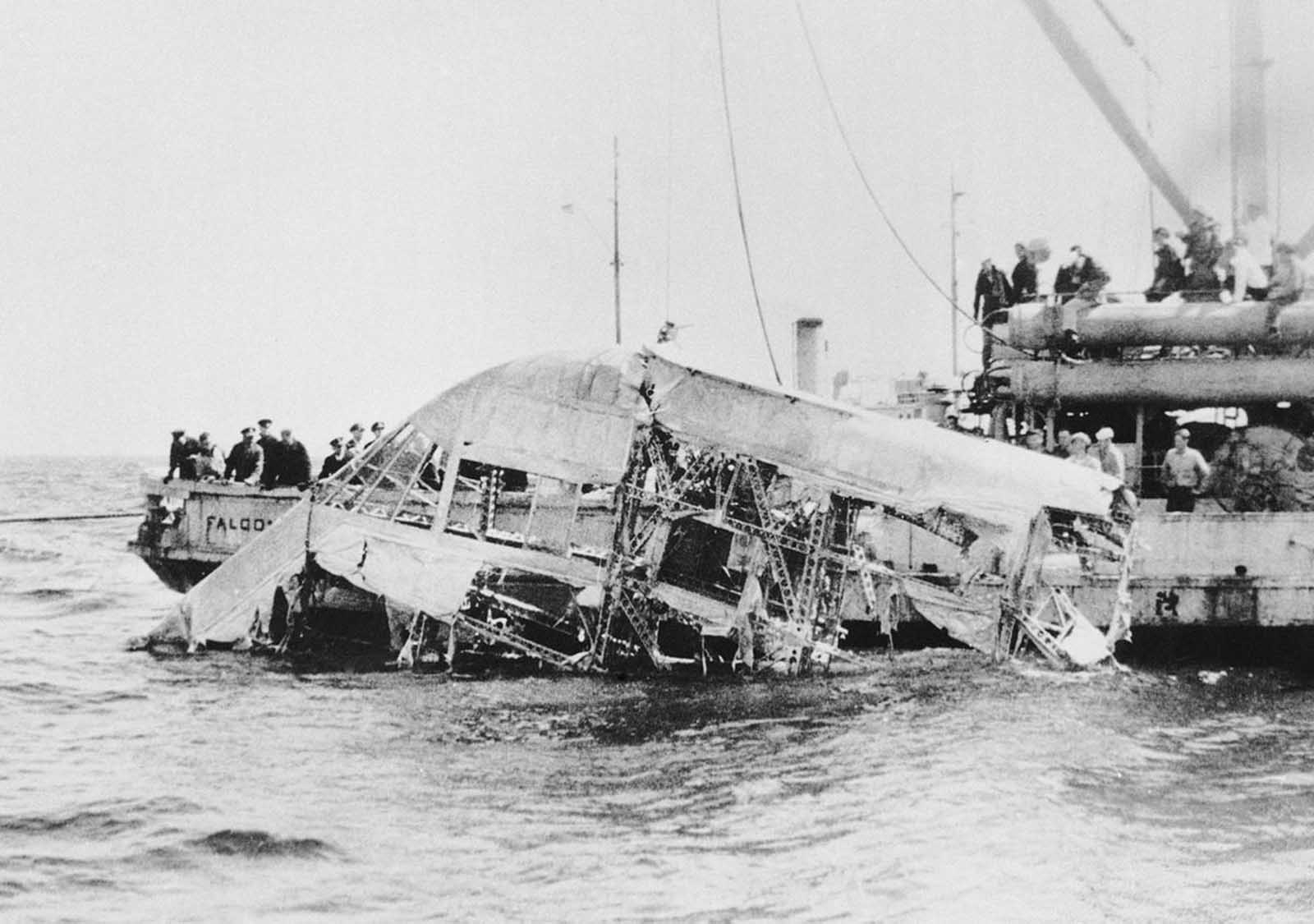
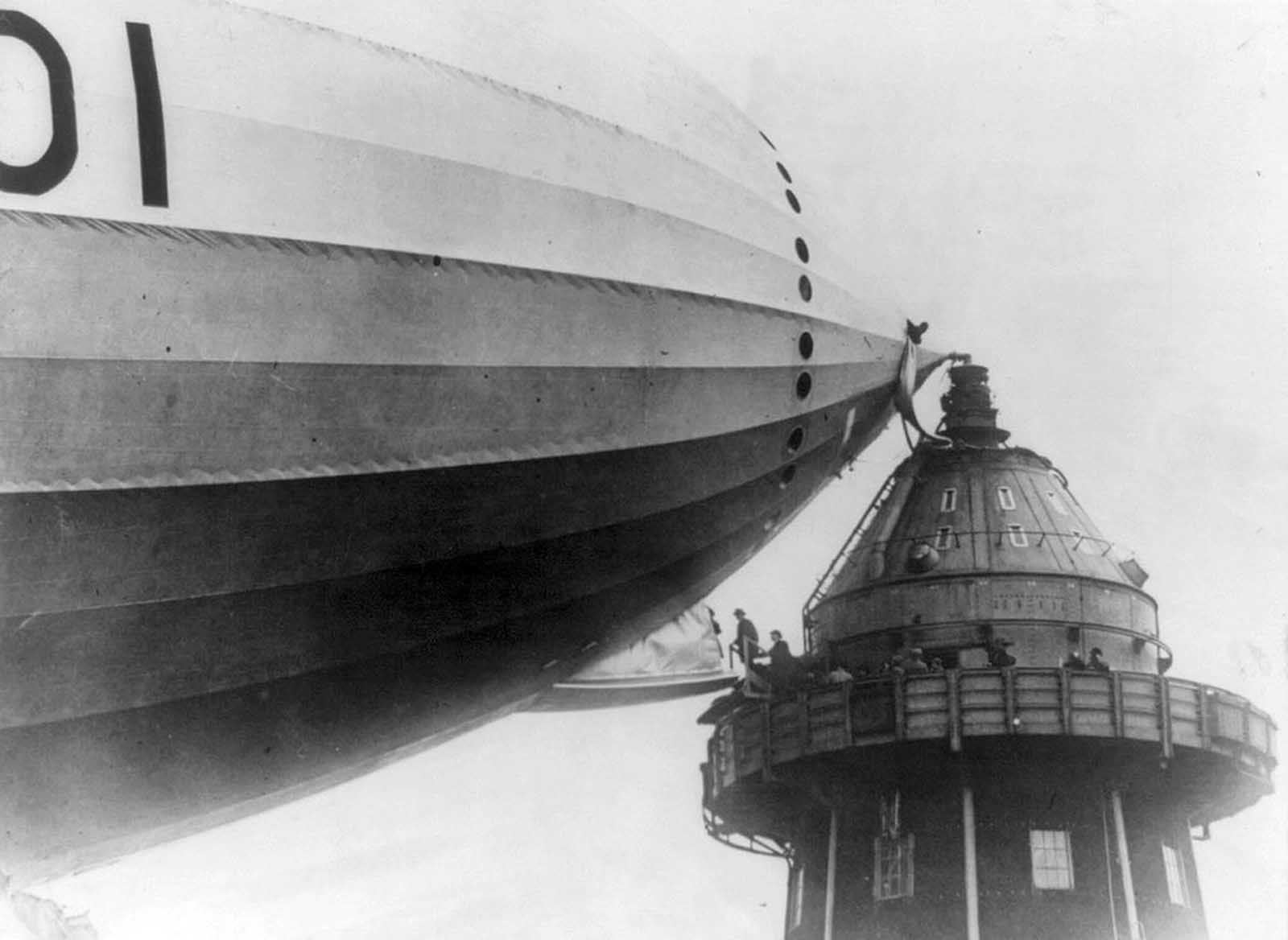
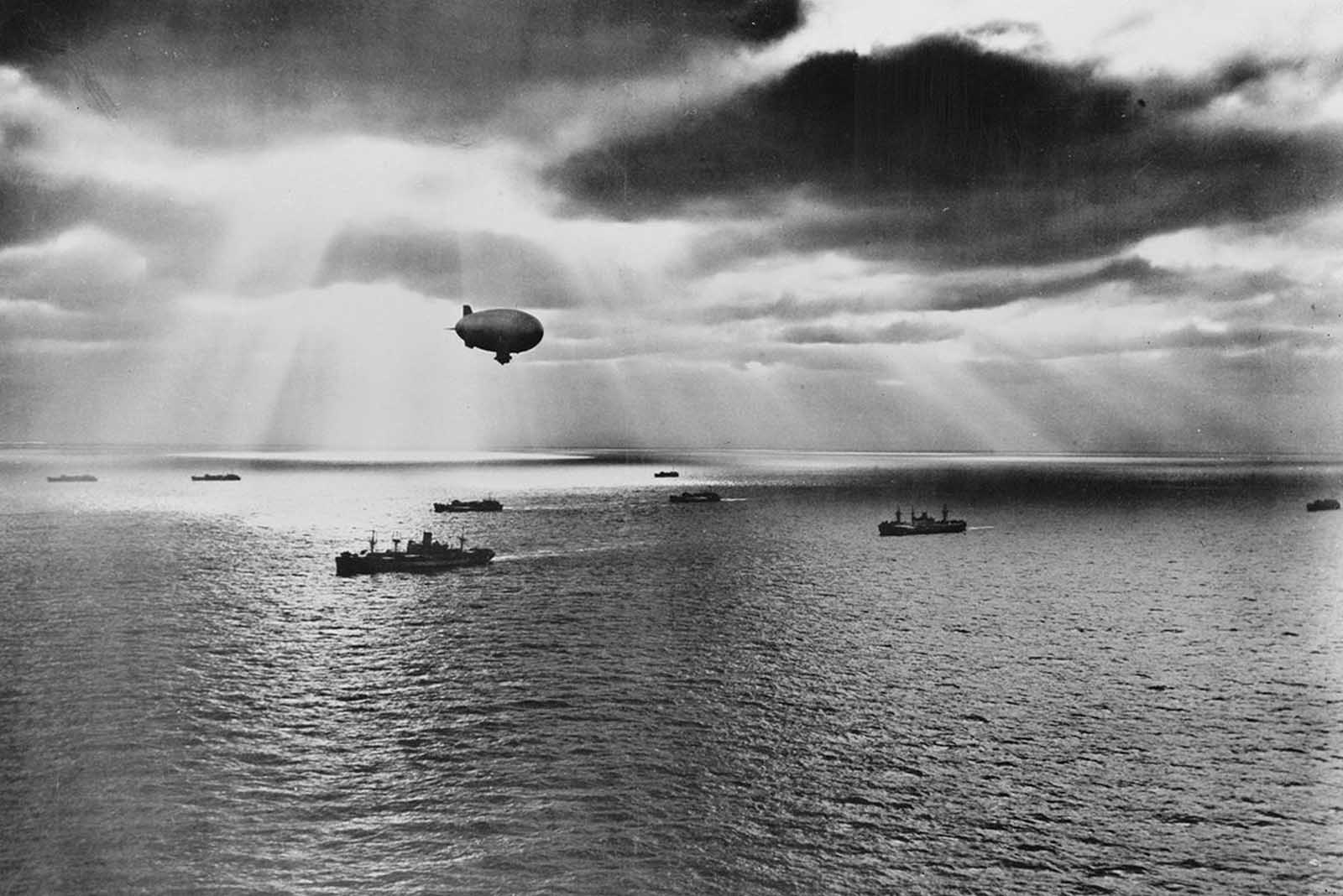
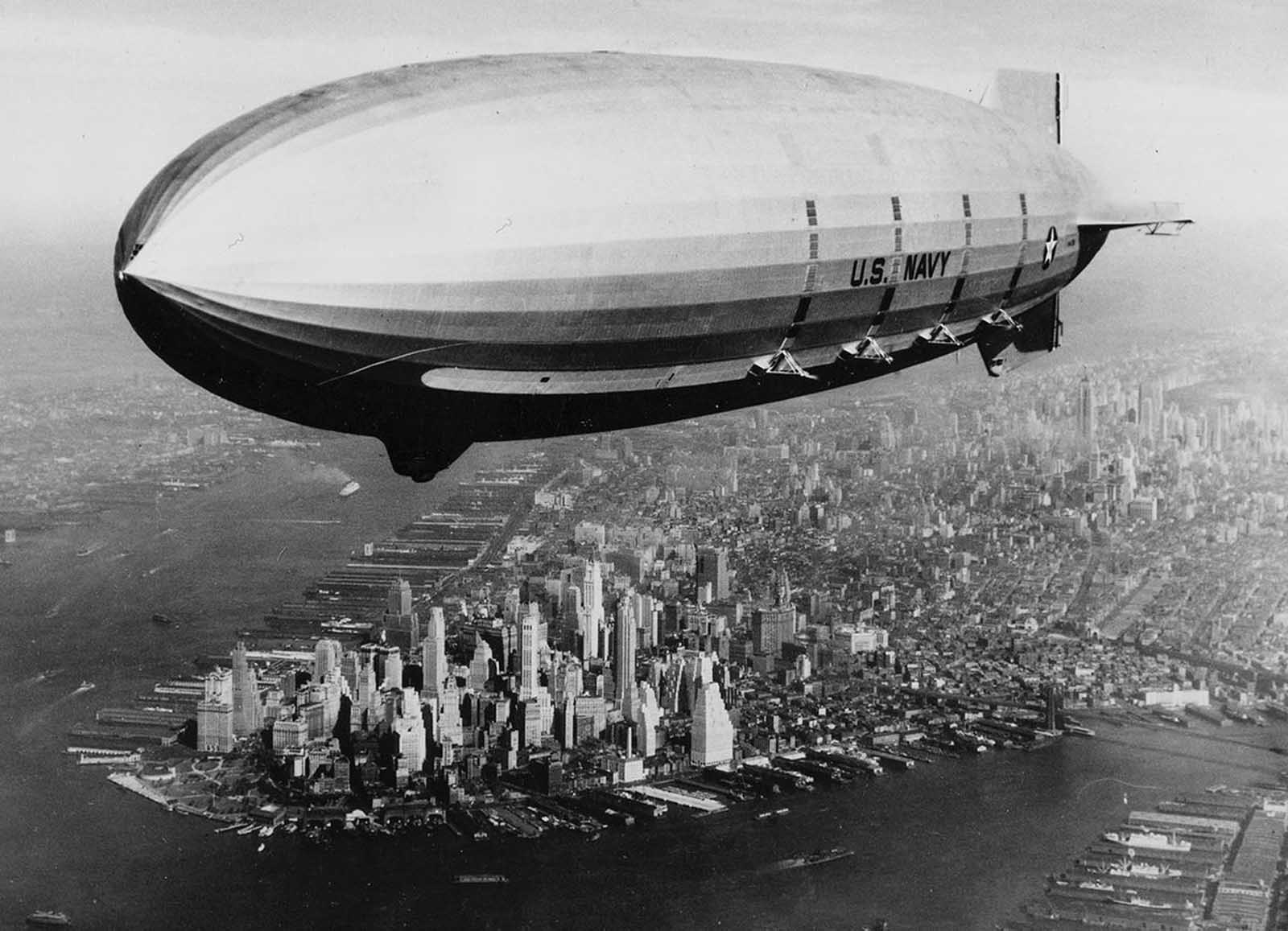
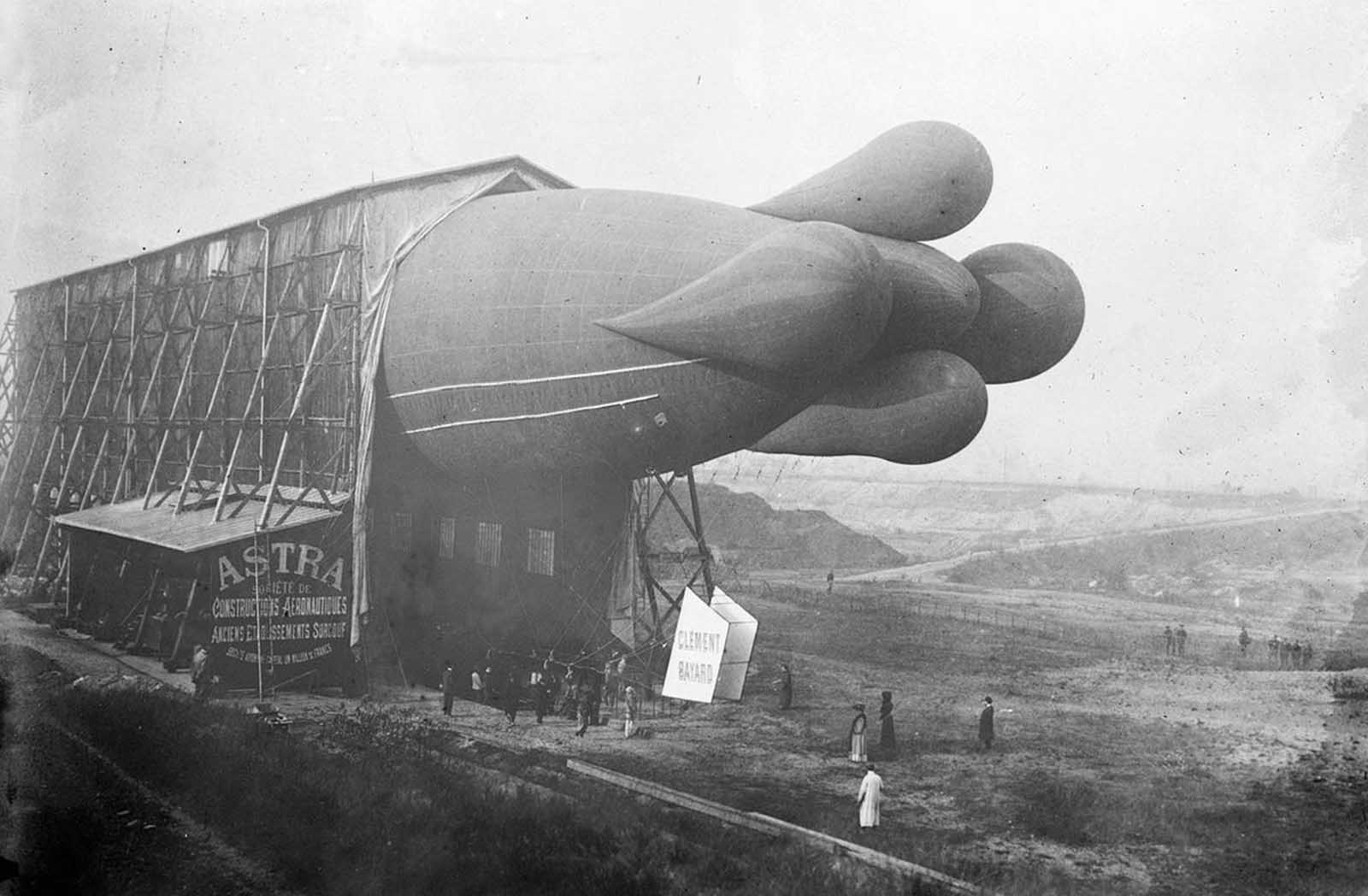
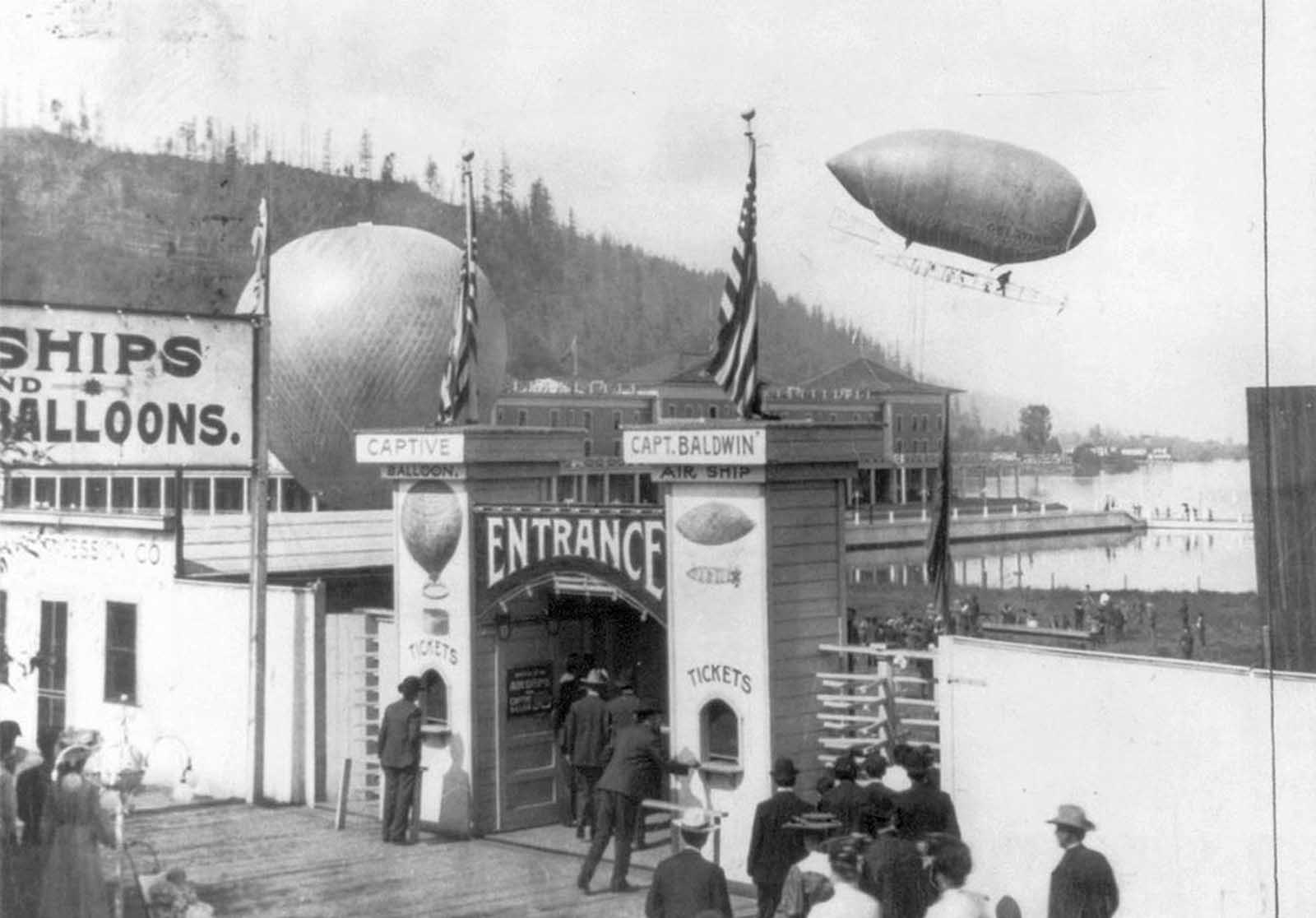
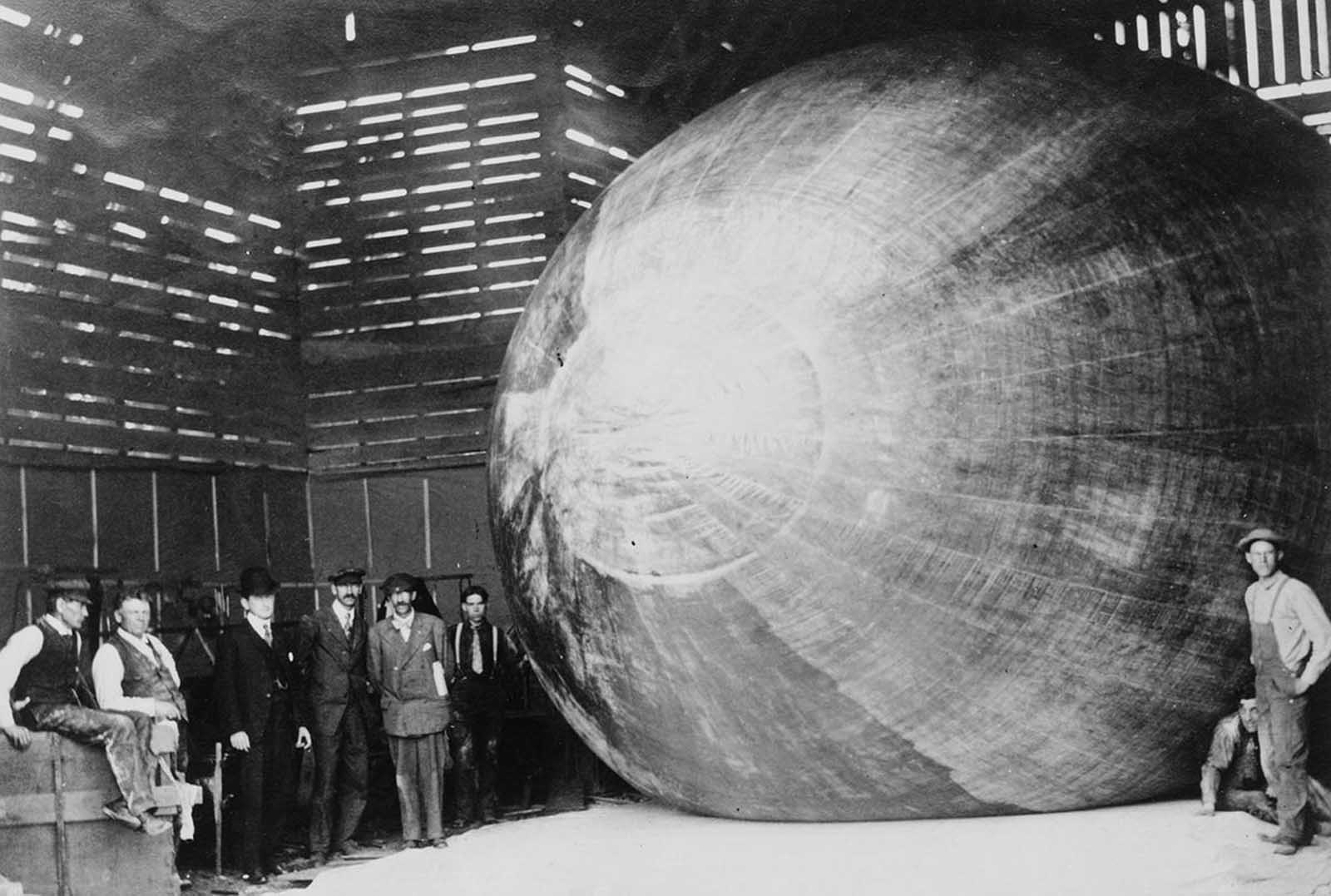
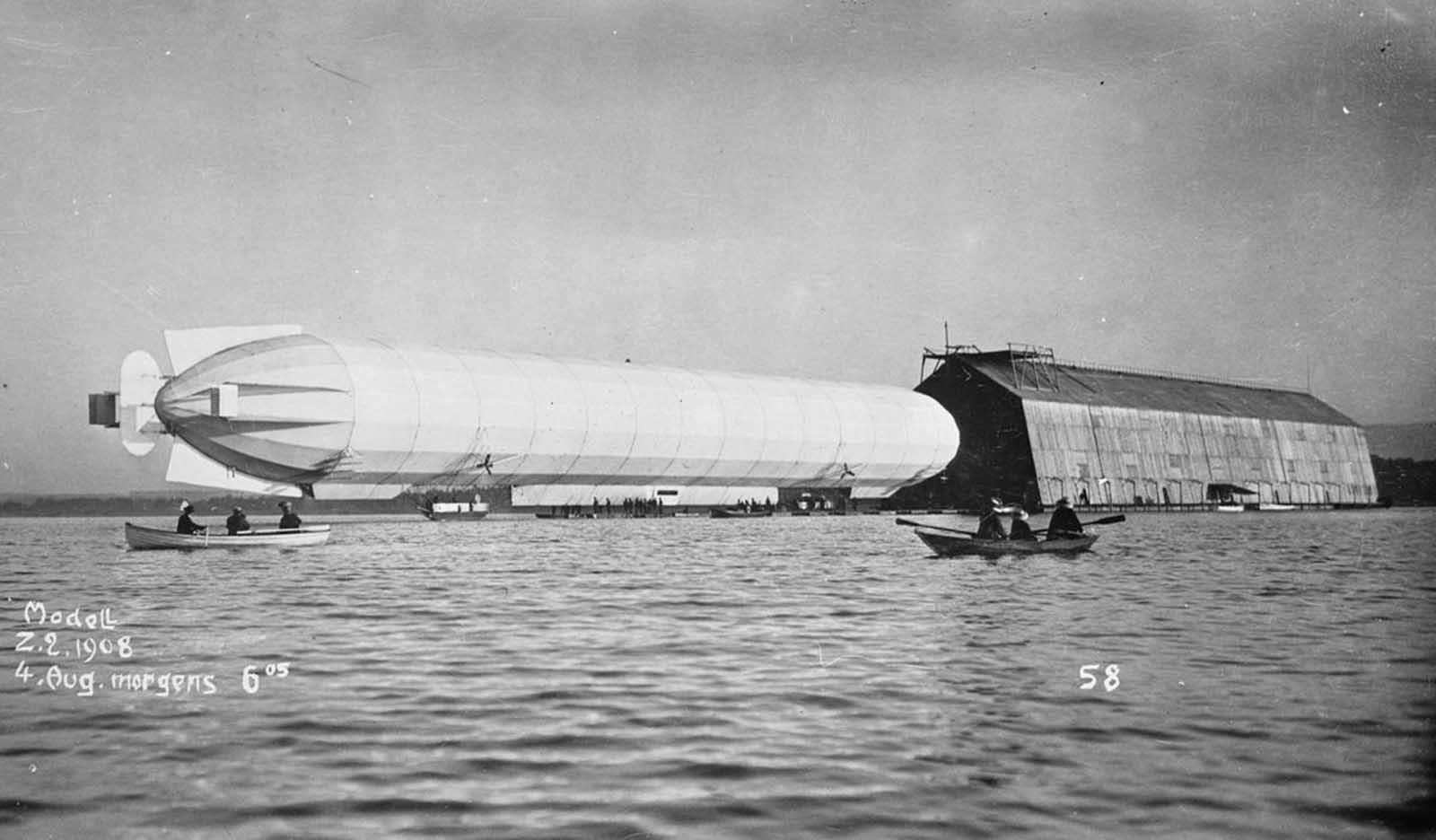
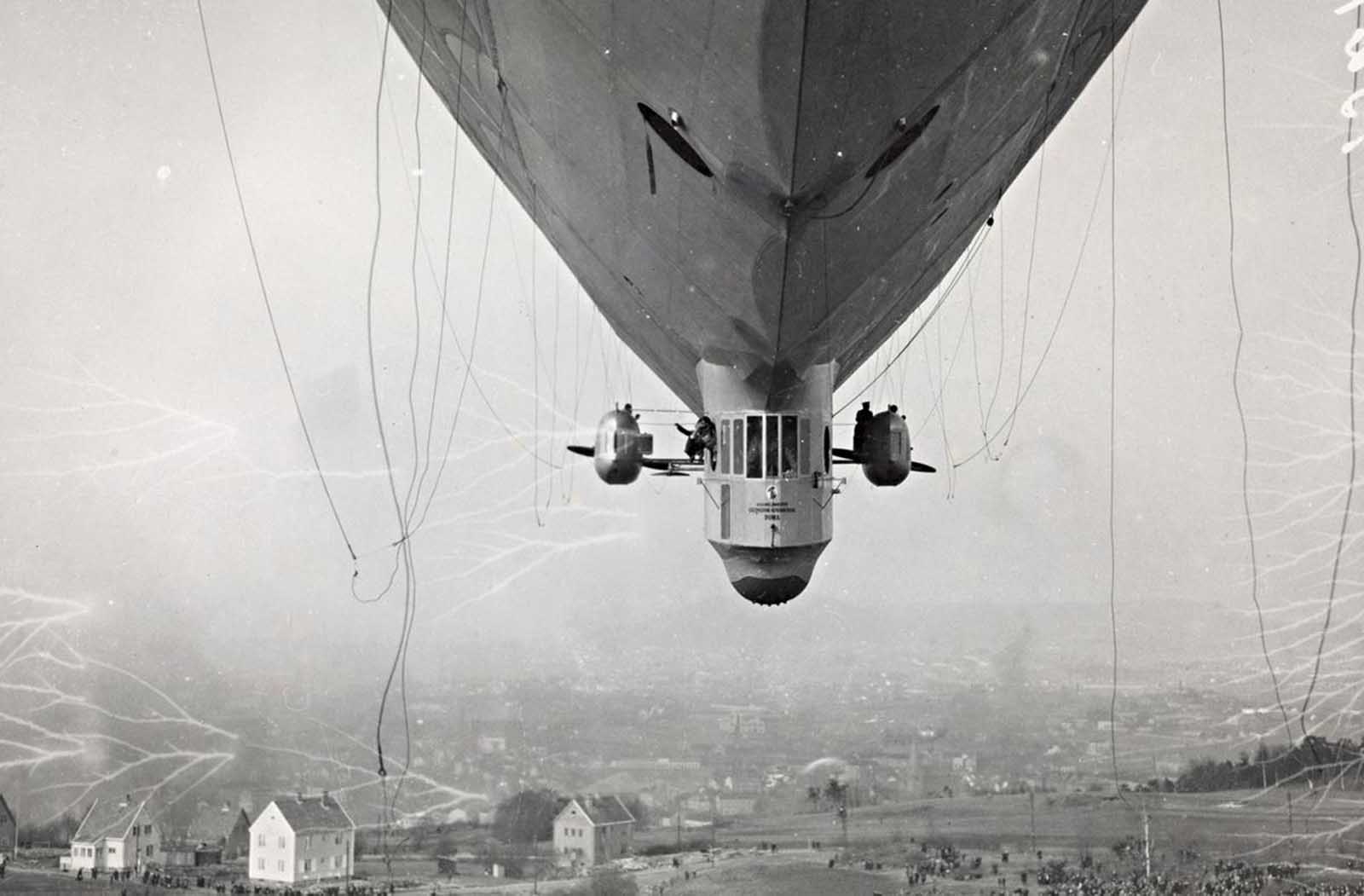
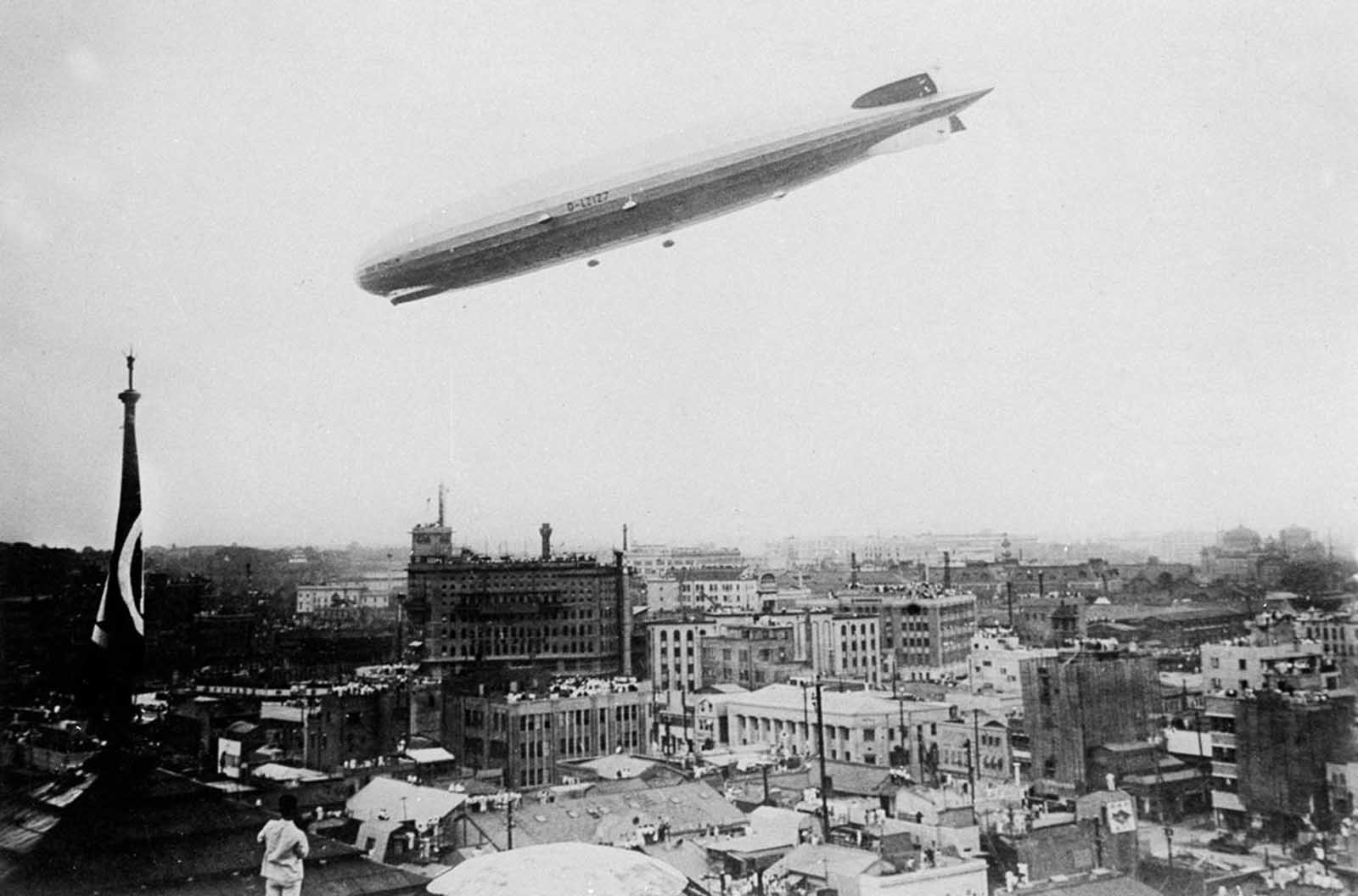
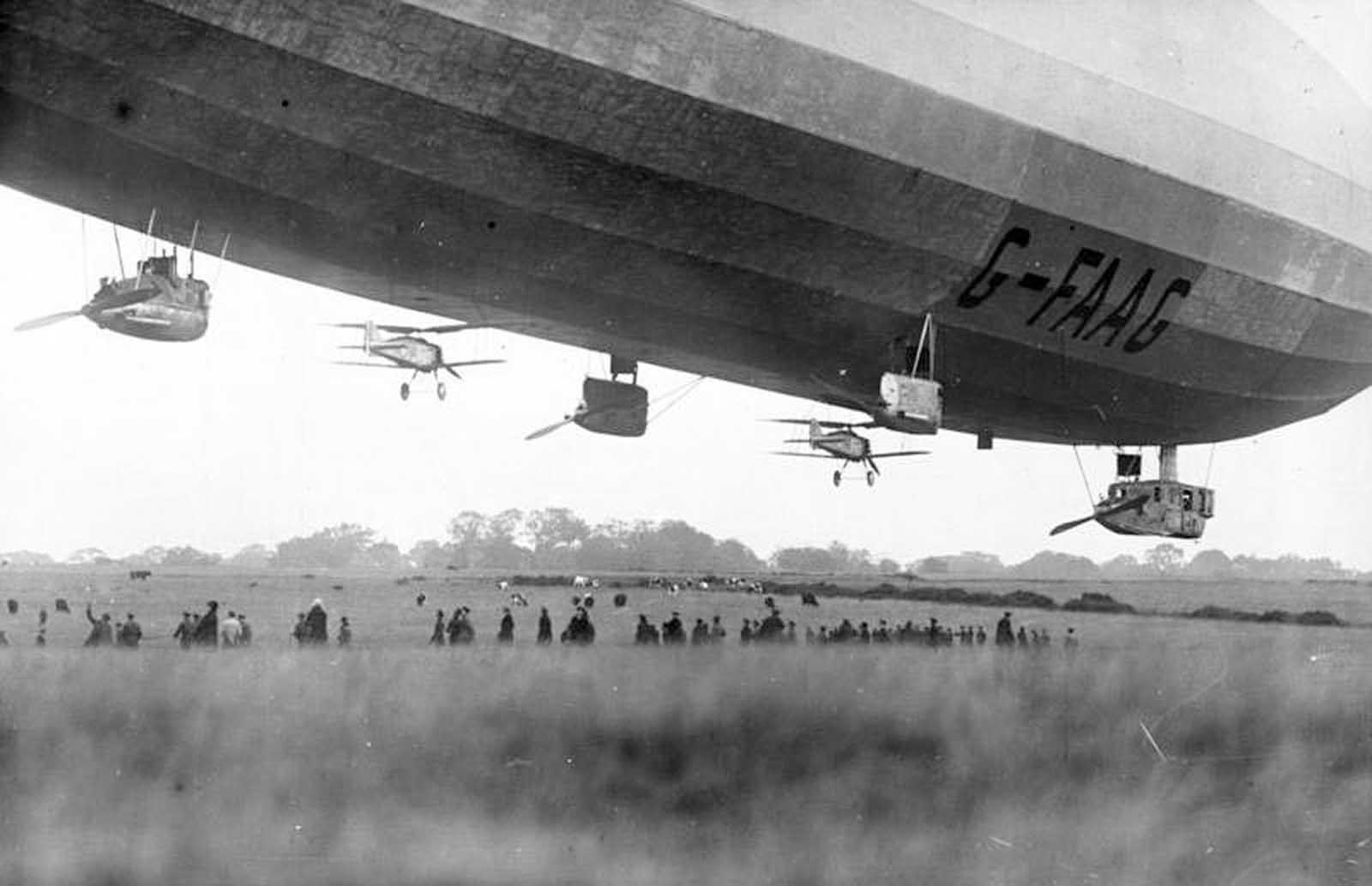
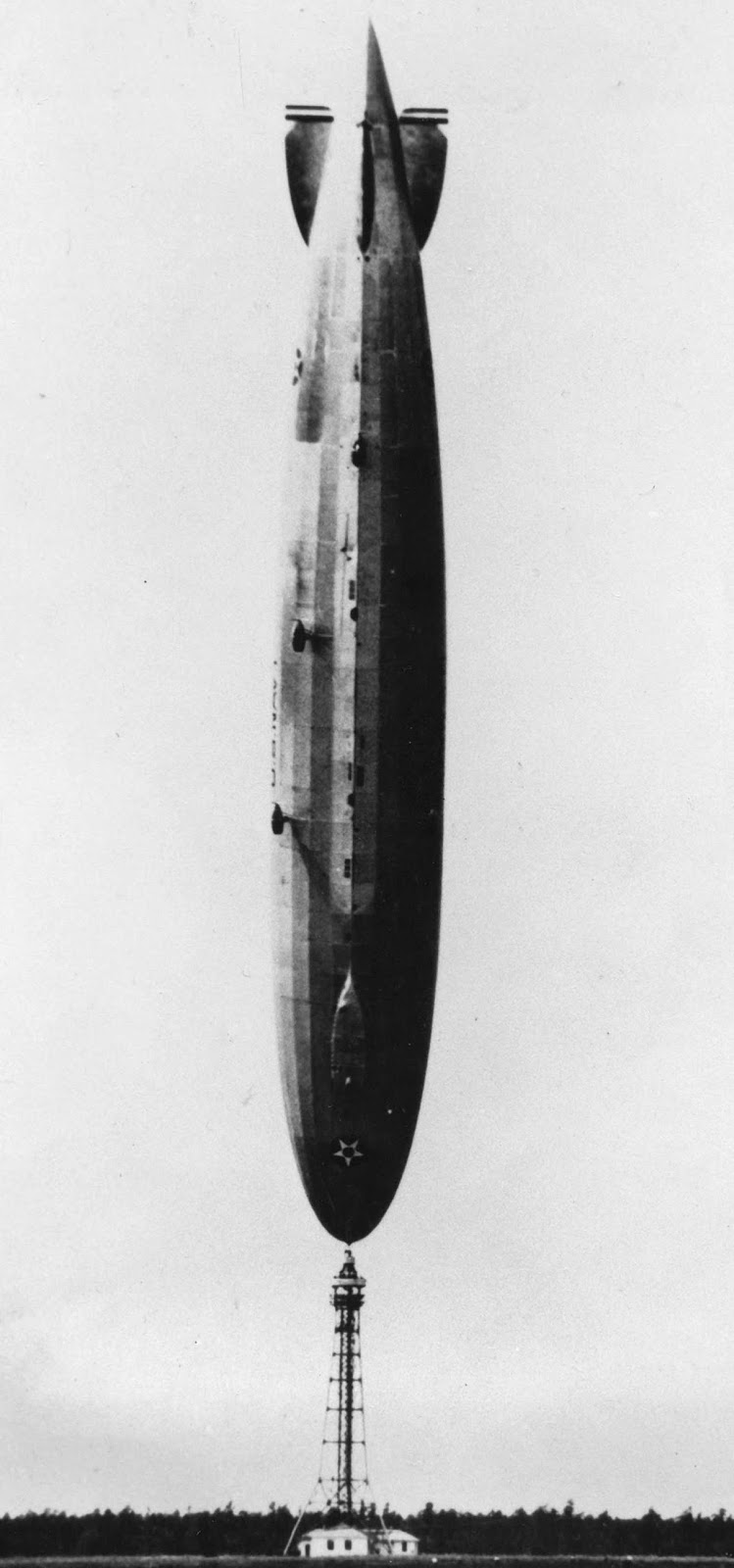
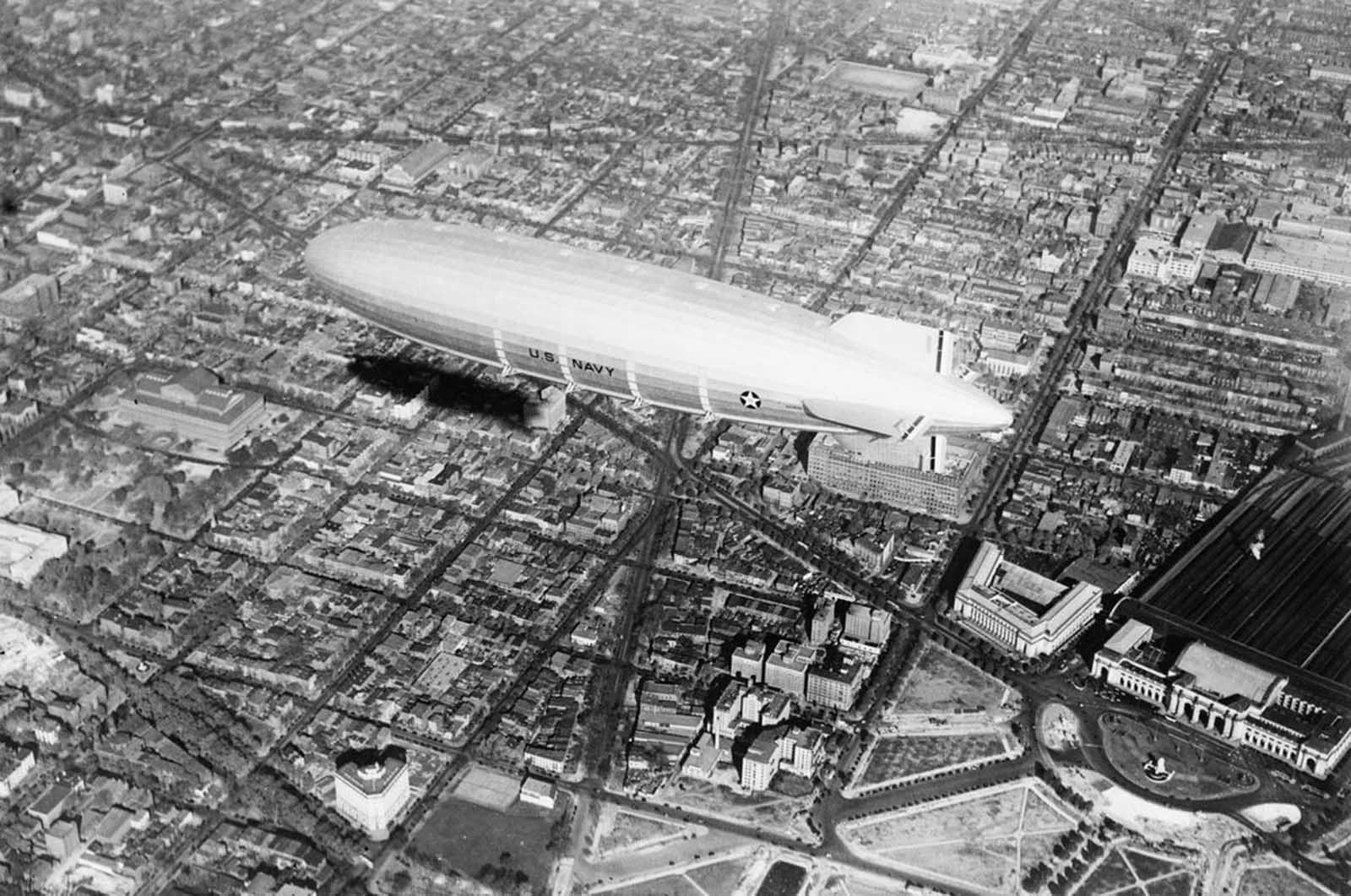
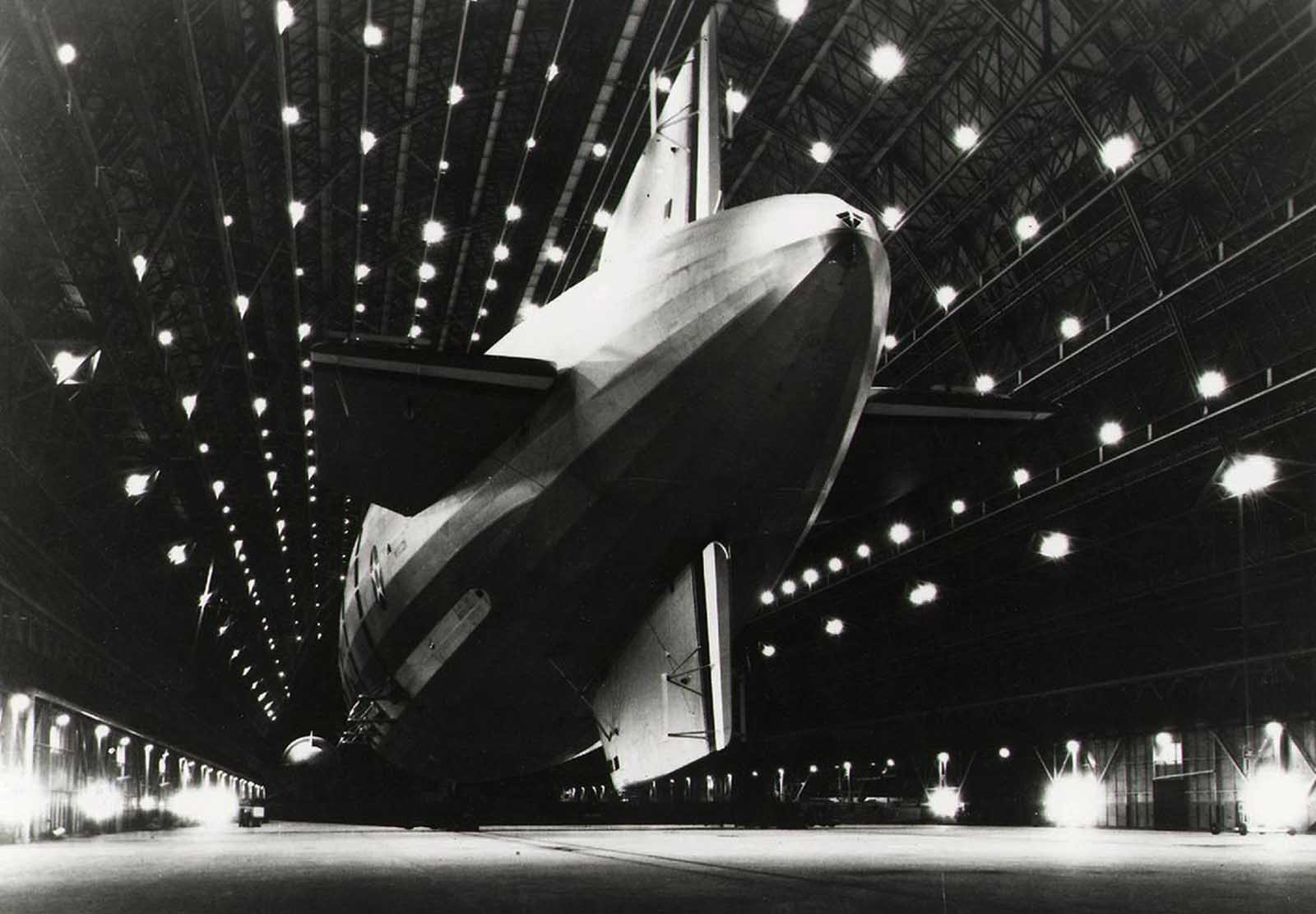
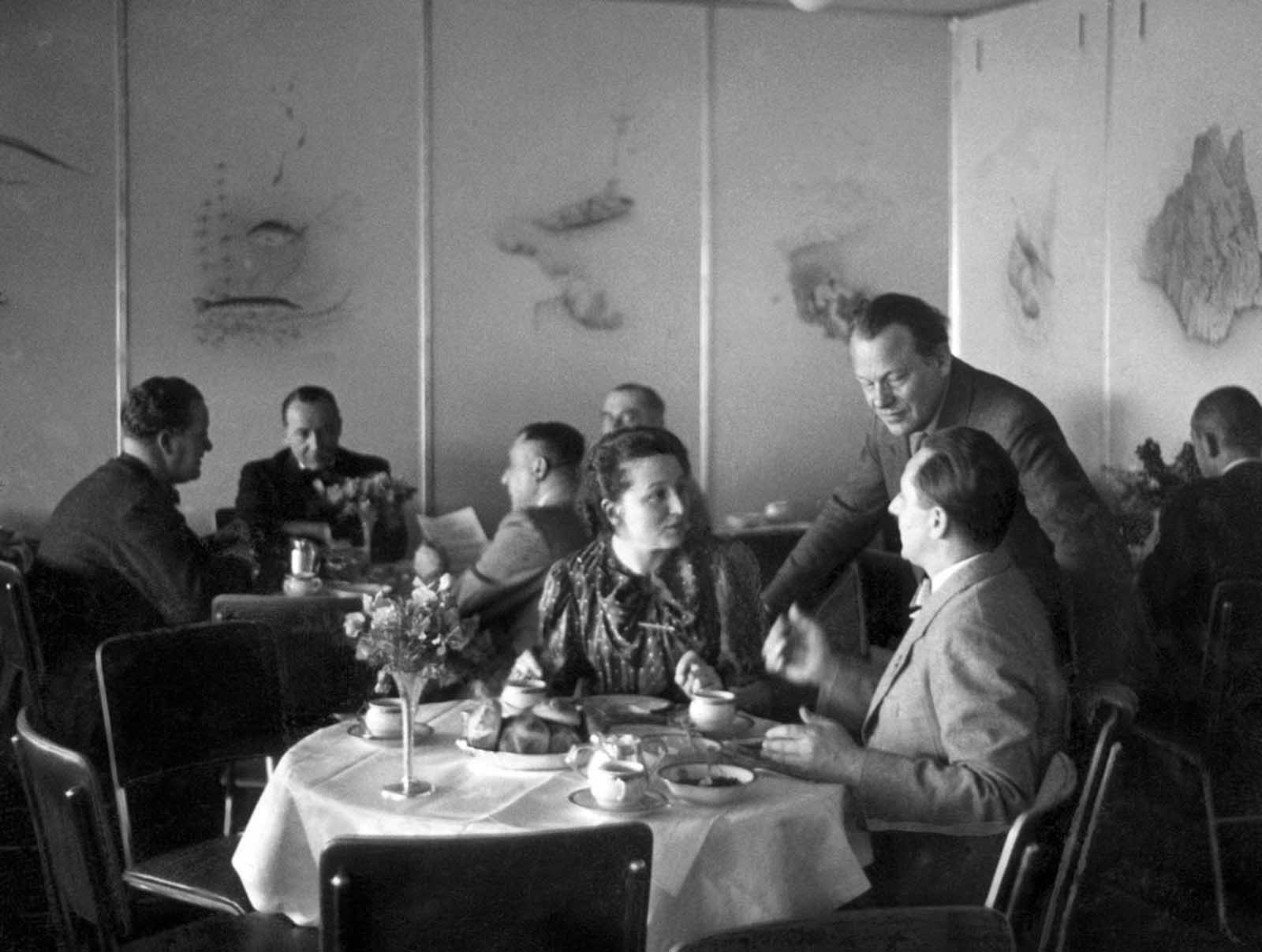
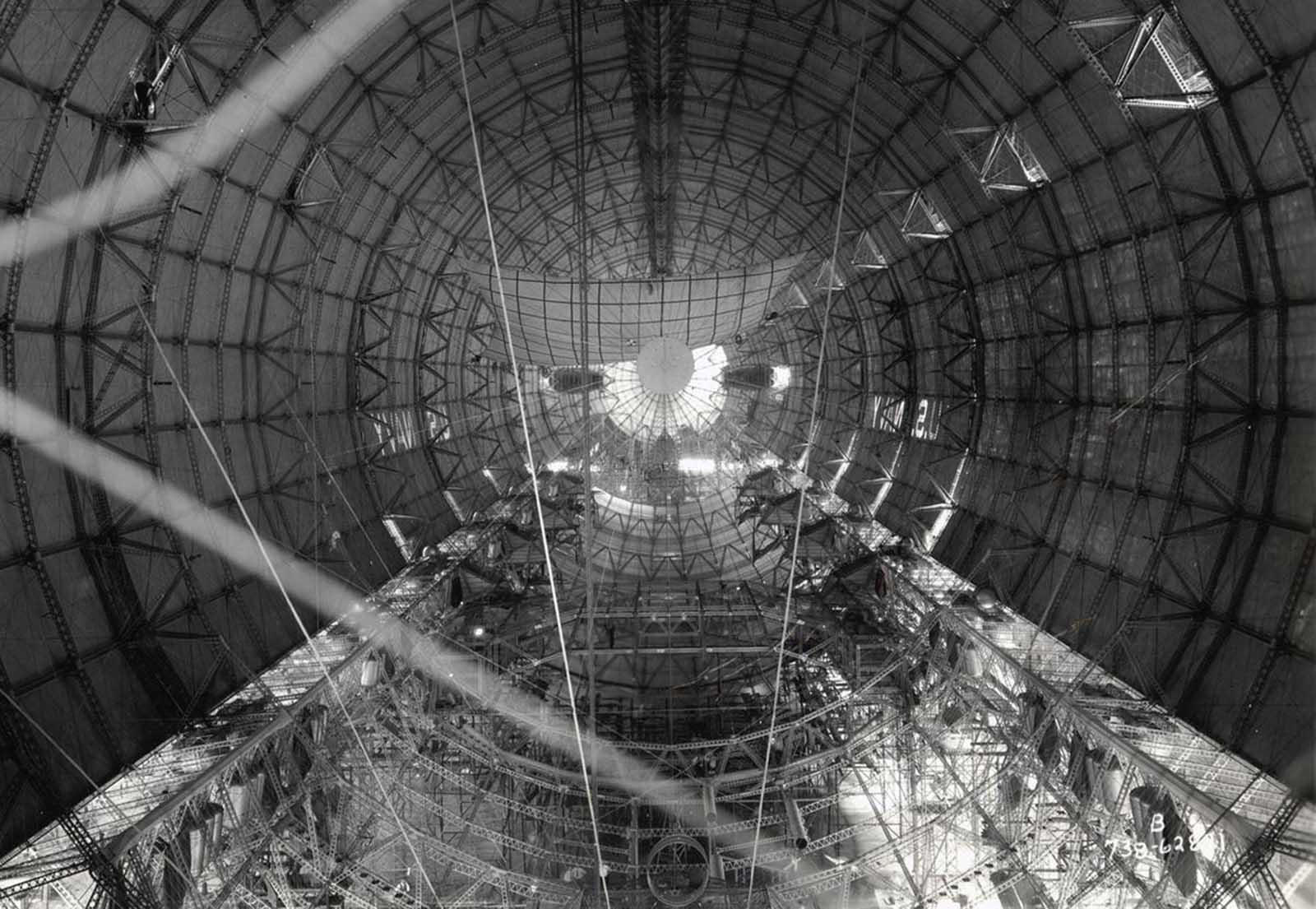

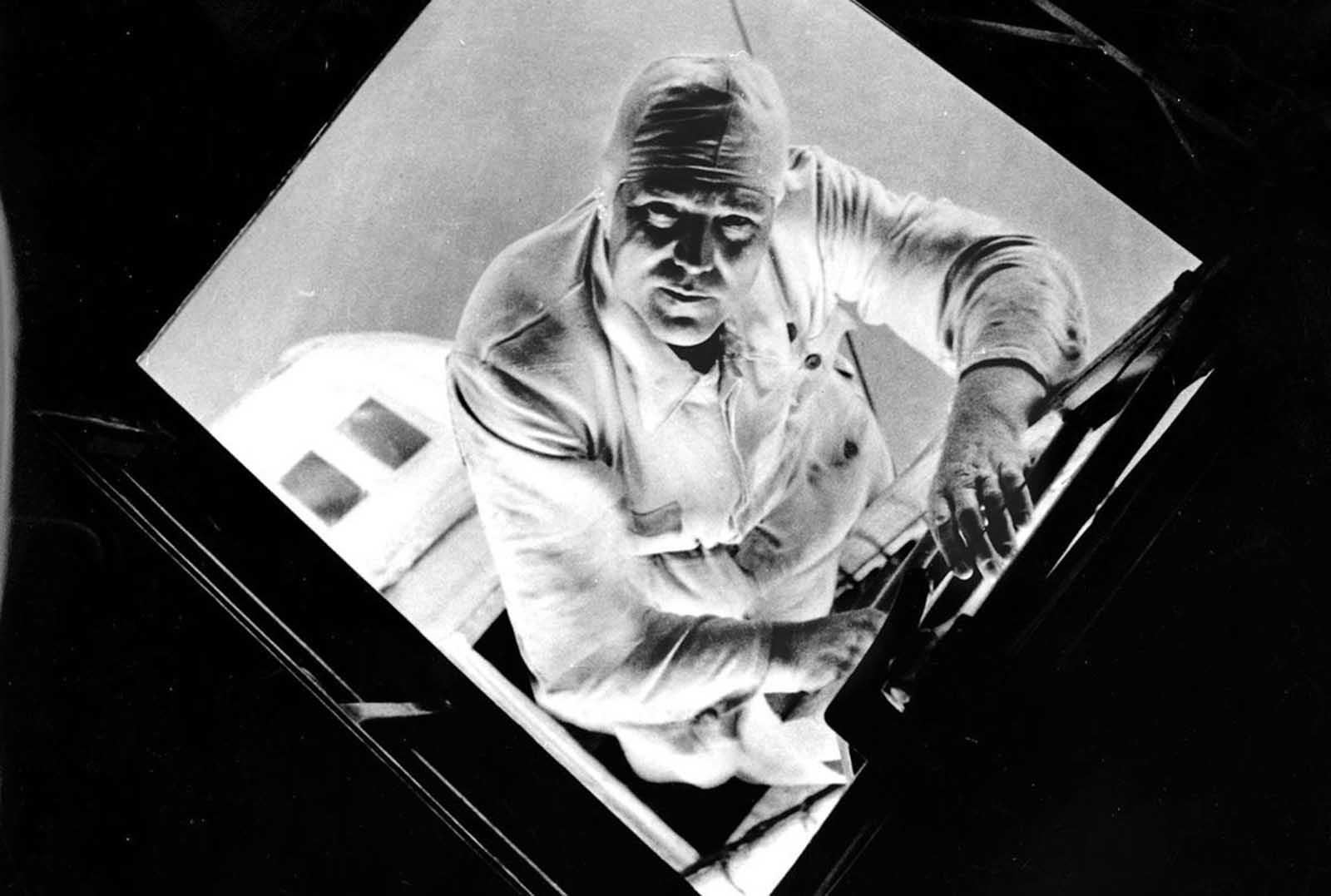


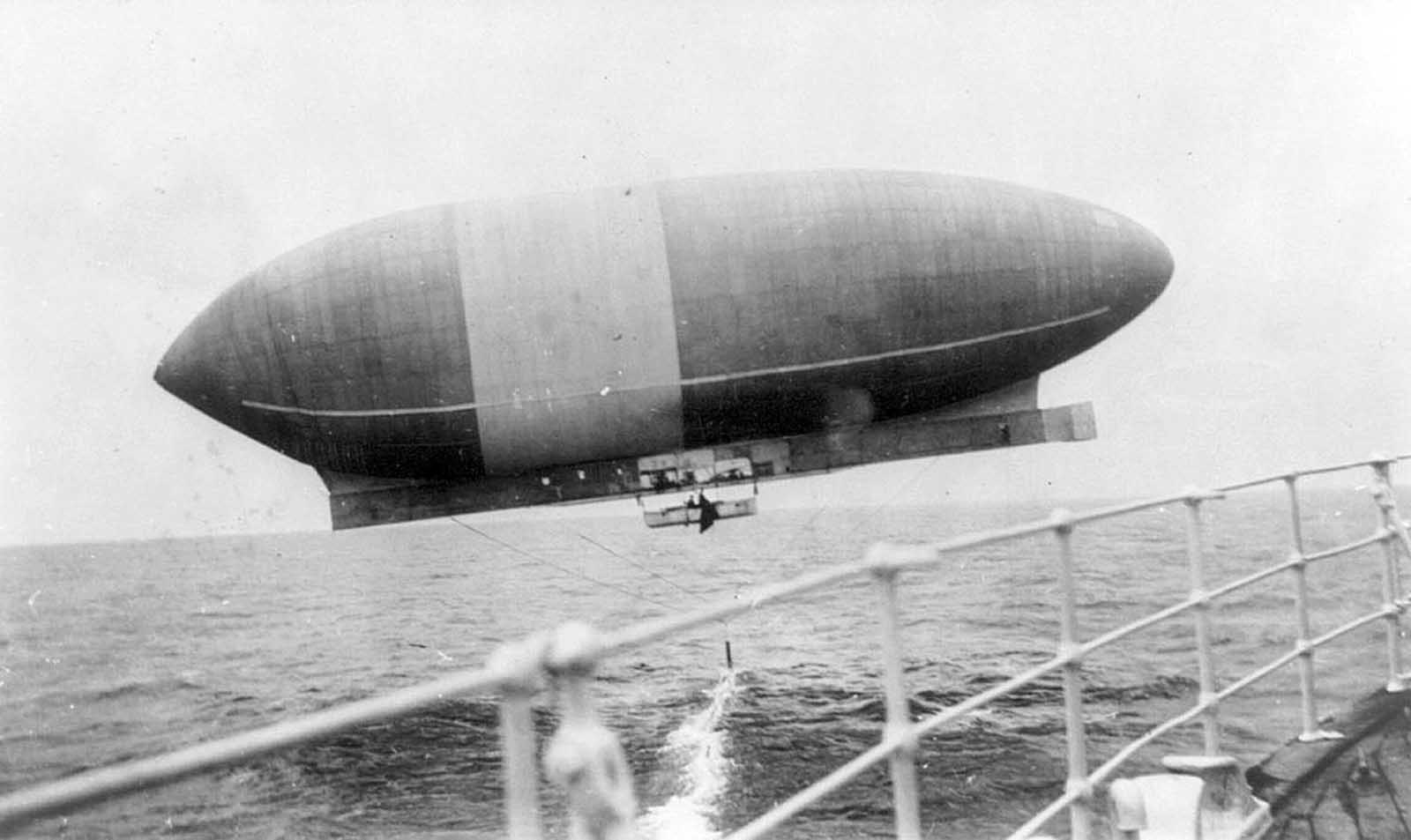
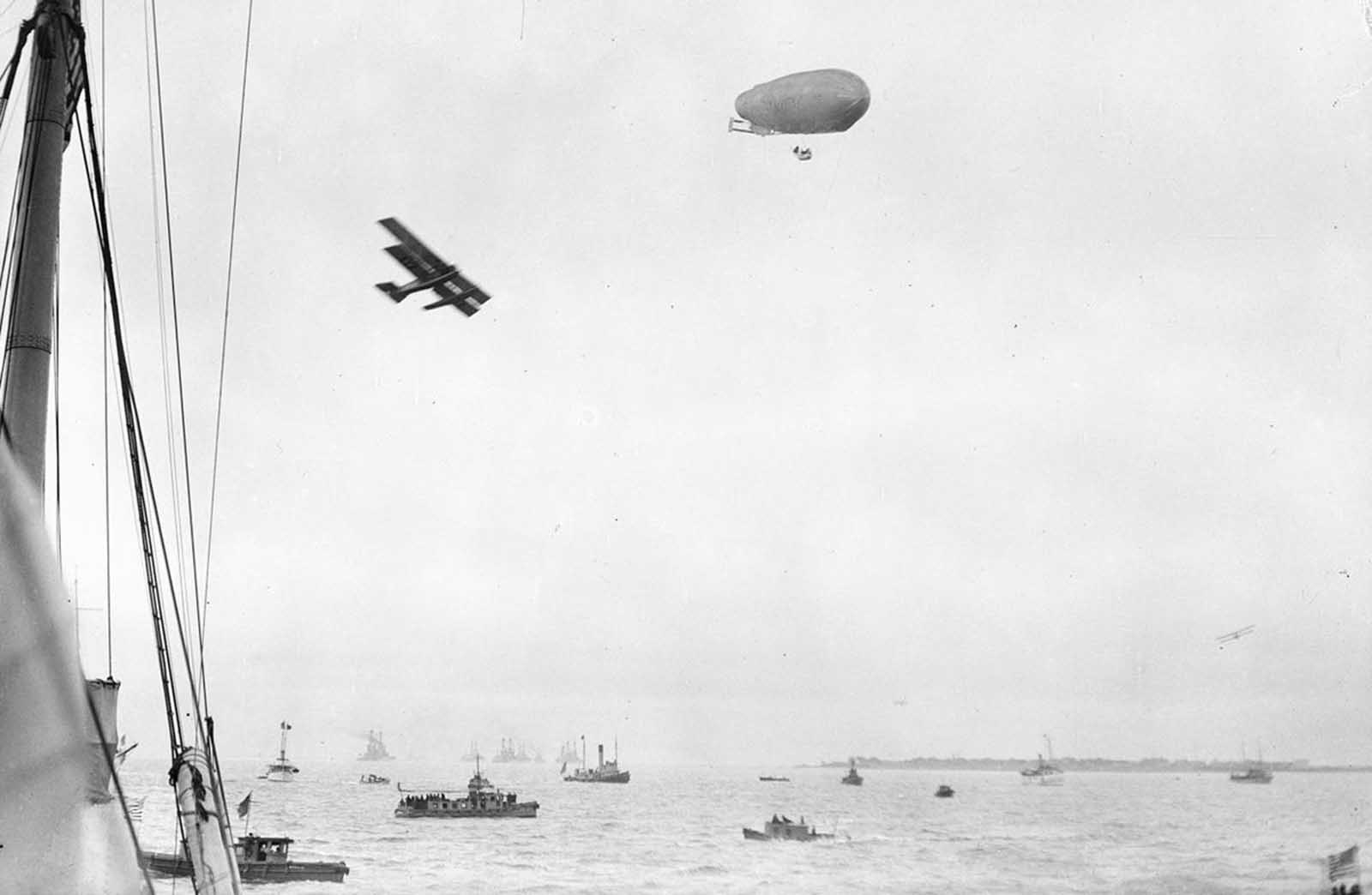
Video
Watch “Mystery Airship” Sightings, 1896 – 1897 to uncover the mystery behind strange airship sightings from the late 19th century. A captivating look at an intriguing historical phenomenon!
Conclusion: A Forgotten Era Rediscovered
The era of airships was short but transformative. Through rare photographs and stories, we can now rediscover the glamour, innovation, and tragedy of this forgotten chapter in aviation history. From the zeppelins of Germany to the luxury liners of the sky, the airships of the early 20th century left an indelible mark on the world. Although they no longer grace the skies in the same way, the legacy of these magnificent vessels remains embedded in the annals of aviation history, inspiring future generations of explorers, dreamers, and innovators.
